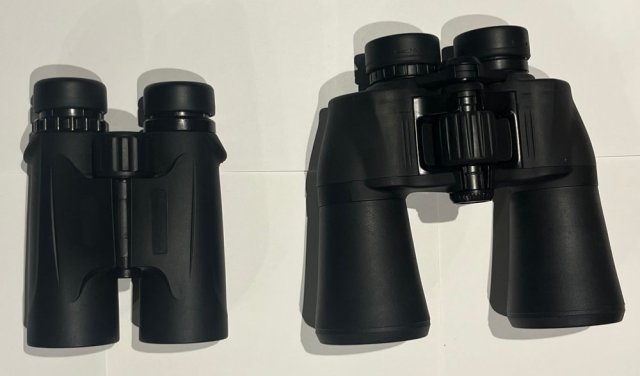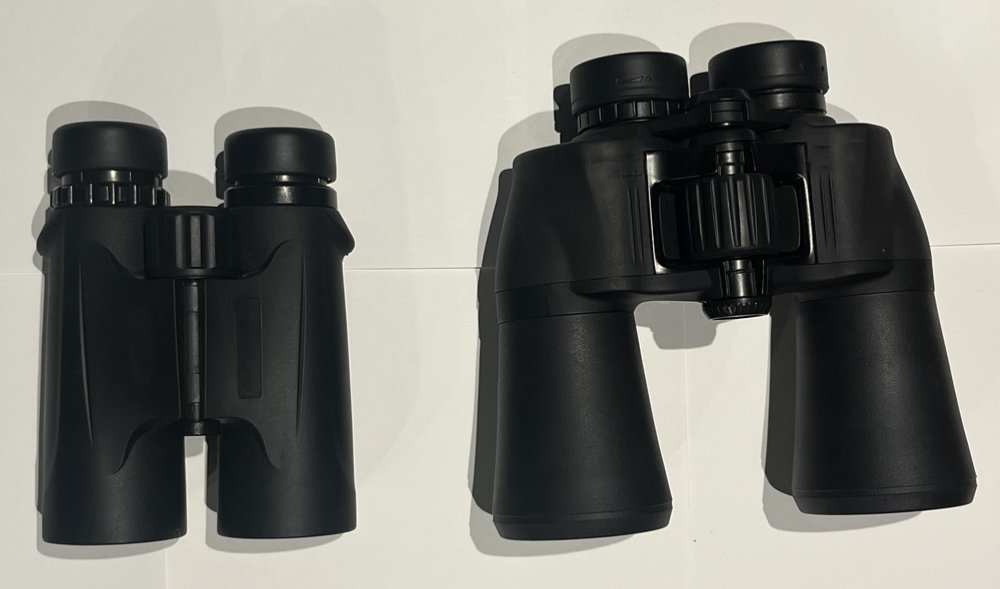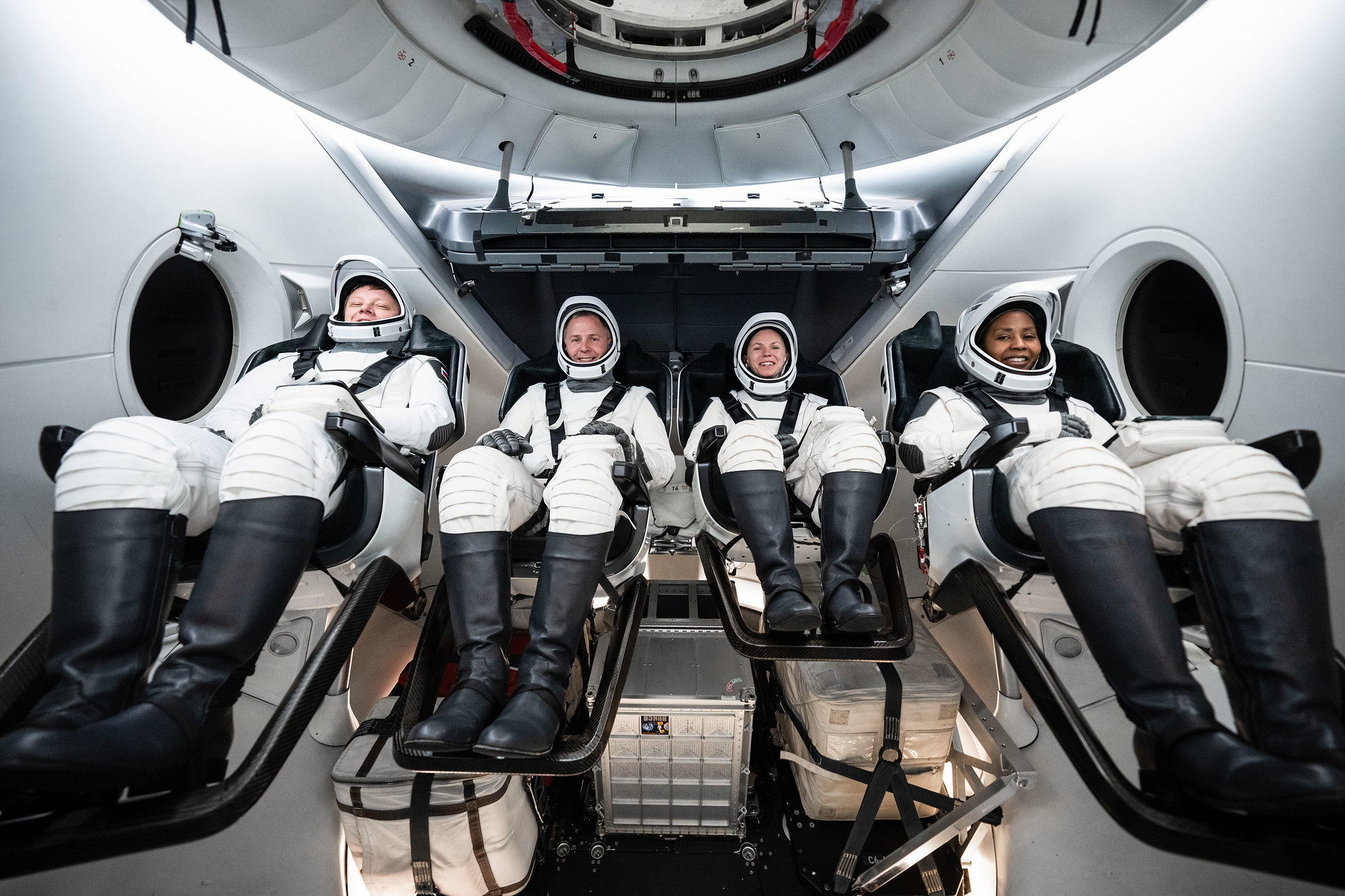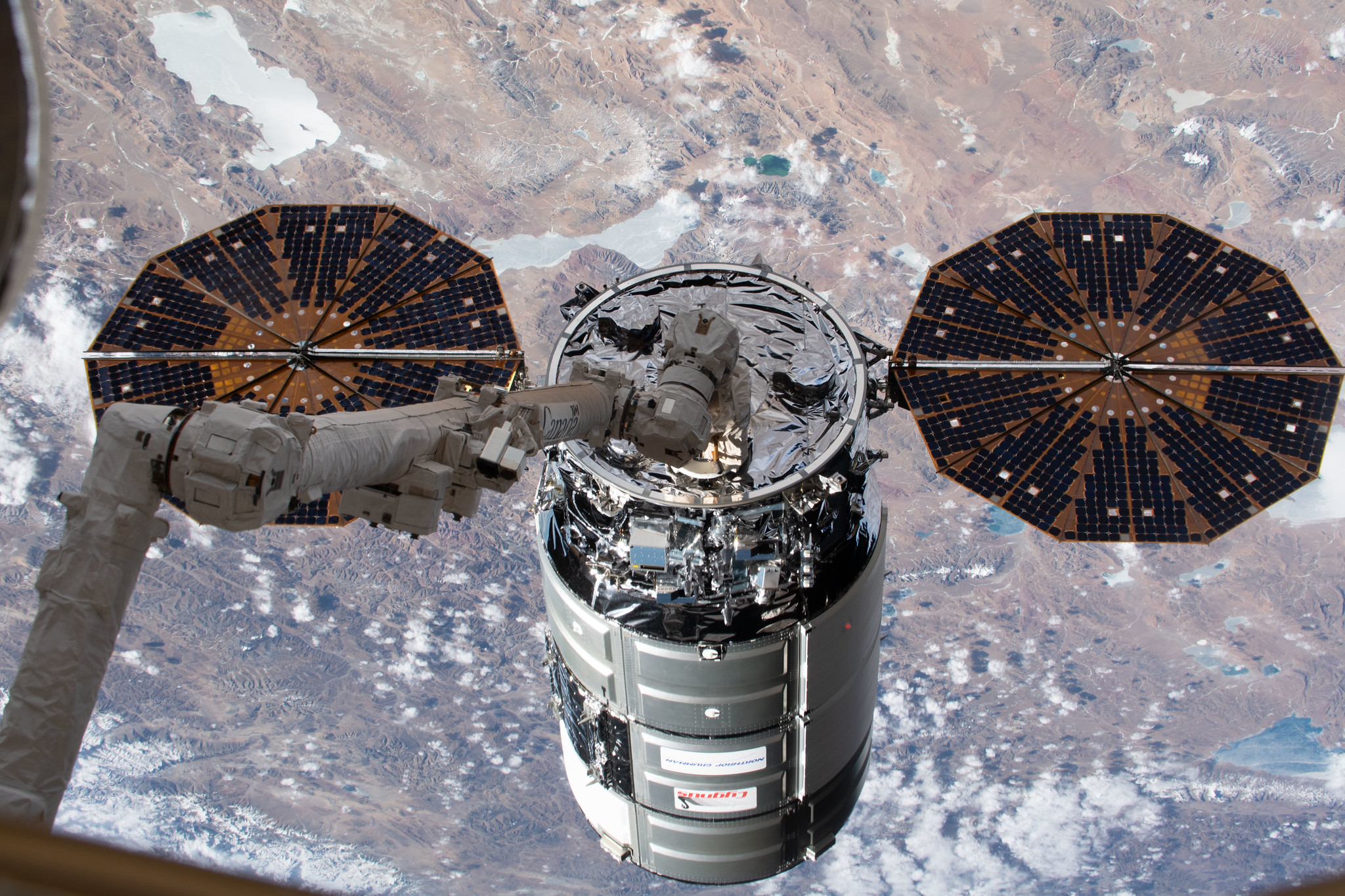Binoculars: A Great First Telescope
Do you want to peer deeper into the night sky? Are you feeling the urge to buy a telescope? There are so many options for budding astronomers that choosing one can be overwhelming. A first telescope should be easy to use and provide good quality views while being affordable. As it turns out, those requirements […]

3 min read
Binoculars: A Great First Telescope

Do you want to peer deeper into the night sky? Are you feeling the urge to buy a telescope? There are so many options for budding astronomers that choosing one can be overwhelming. A first telescope should be easy to use and provide good quality views while being affordable. As it turns out, those requirements make the first telescope of choice for many stargazers something unexpected: a good pair of binoculars!
Binoculars are an excellent first instrument because they are generally easy to use and more versatile than most telescopes. Binoculars can be used for activities like stargazing and birdwatching and work great in the field at a star party, along the hiking trail, and anywhere else where you can see the sky. Binoculars also travel well, since they easily fit into carry-on luggage – a difficult feat for most telescopes! A good pair of binoculars, ranging in specifications from 7×35 to 10×50, will give you great views of the Moon, large open star clusters like the Pleiades (M45), and, from dark skies, larger bright galaxies like the Andromeda Galaxy (M31) and large nebulae like the Orion Nebula (M42). While you likely won’t be able to see Saturn’s rings, as you practice your observing skills you may be able to spot Jupiter’s moons, along with some globular clusters and fainter nebulae from dark sites, too.

What do the numbers on those binocular specs actually mean? The first number is the magnification, while the second number is the size in millimeters (mm) of the lenses. So, a 7×35 pair of binoculars means that they will magnify 7 times using lenses 35 mm in diameter. It can be tempting to get the biggest binoculars you can find but try not to get anything much more powerful than a 10×50 pair at first. Larger binoculars with more power often have narrower fields of vision and are heavier; while technically more powerful, they are also more difficult to hold steadily in your hands and “jiggle” quite a bit unless you buy much more expensive binoculars with image stabilization or mount them to a tripod.
Would it surprise you that amazing views of some astronomical objects can be found not just from giant telescopes, but also from seemingly humble binoculars? Binoculars are able to show a much larger field of view of the sky compared to most telescopes. For example, most telescopes are unable to keep the entirety of the Pleiades or Andromeda Galaxy entirely inside the view of most eyepieces. Binoculars are also a great investment for more advanced observing, as later on they are useful for tracking down objects to then observe in more detail with a telescope.
If you are able to do so, real-world advice and experience is still the best for something you will be spending a lot of time with! Going to an in-person star party hosted by a local astronomy club is a great way to get familiar with telescopes and binoculars of all kinds – just ask permission before taking a closer look! You can find clubs and star parties near you on the Night Sky Network’s Clubs & Events page at bit.ly/nsnclubsandevents and inspire your binocular stargazing sessions with NASA’s latest discoveries!
Originally posted by Dave Prosper: November 2022
Last Updated by Kat Troche: April 2024
What's Your Reaction?



















.jpg?#)

































